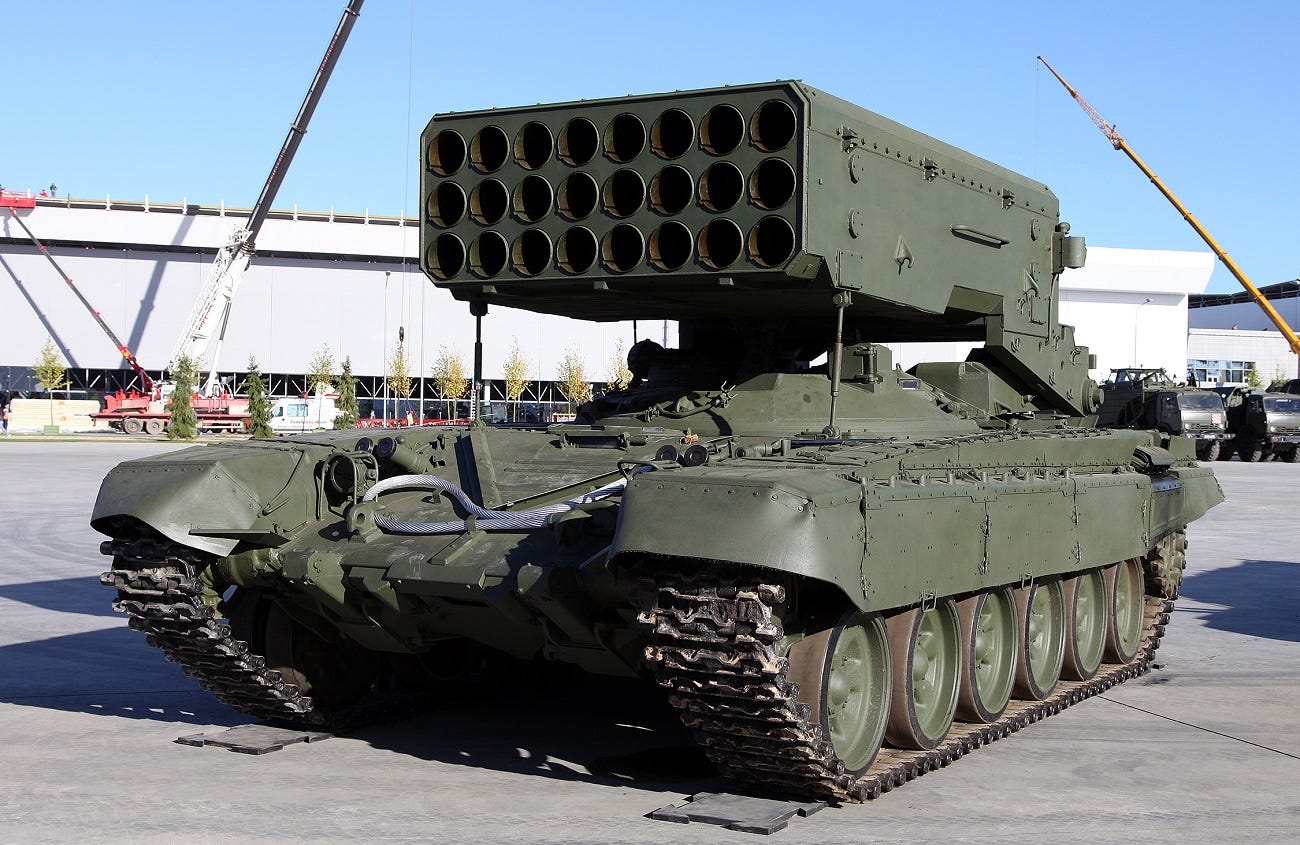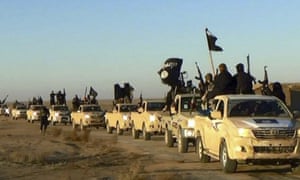October 28, 2016
The Campaign for Mosul: October 25-28, 2016
Institute for the Study of War
The Campaign for Mosul: October 25-28, 2016
Institute for the Study of War
By Emily Anagnostos and the ISW Iraq Team
Operations to retake Mosul have made minimal progress since the Iraqi Security Forces (ISF) announced an operational pause on October 25 in order for the five axes approaching Mosul to re-sync before advances into the city limits begin.
The northern and eastern axes are nearing Mosul’s city limits. The northern axis continues to focus on regaining the towns of Batnaya and Tel Kayyaf, north of Mosul, in order to position forces to breach Mosul’s northern city limits. The Peshmerga entered the Christian town of Batnaya on October 25, but are not assessed to be in control of the city. The Counter Terrorism Service (CTS) is poised to breach Mosul’s outskirts from both the east and northeast but called for an operational pause on October 25 in order to wait for the southern axis to advance such that the encirclement of the city is evenly distributed.
The southern axis, however, has made limited progress during this pause. Operation Inherent Resolve Commander Lt. Gen. Steve Townsend described this area of ISIS’s defense as a “very hard external crust,” outside of Mosul’s hard core and a soft middle on October 26. The ISF has faced resistance from ISIS’s suicide attacks and is limited by a shortage in manpower. ISIS has also created a chemical barrier by igniting a sulfur plant on fire located near the confluence of the Tigris and Zab Rivers, north of Qayyarah, when they withdrew from the plant on October 20. The toxic plume of smoke will continue to halt forward movement until the sulfur fire is mitigated or MOPP suits are delivered, though the additional layers of clothing will likely further slow forward progress.
The ISF finally breached Shura’s city limits, north of Qayyarah, on October 28, having encircled the city since October 19. The ISF will need to break through ISIS’s external crust and quickly make up progress towards Mosul, lest the axes grow out of sync. The southern axis may require additional reinforcements as it will face more attrition than the other axes due to its longer distance to travel towards Mosul.
Operations to retake Mosul have made minimal progress since the Iraqi Security Forces (ISF) announced an operational pause on October 25 in order for the five axes approaching Mosul to re-sync before advances into the city limits begin.
The northern and eastern axes are nearing Mosul’s city limits. The northern axis continues to focus on regaining the towns of Batnaya and Tel Kayyaf, north of Mosul, in order to position forces to breach Mosul’s northern city limits. The Peshmerga entered the Christian town of Batnaya on October 25, but are not assessed to be in control of the city. The Counter Terrorism Service (CTS) is poised to breach Mosul’s outskirts from both the east and northeast but called for an operational pause on October 25 in order to wait for the southern axis to advance such that the encirclement of the city is evenly distributed.
The southern axis, however, has made limited progress during this pause. Operation Inherent Resolve Commander Lt. Gen. Steve Townsend described this area of ISIS’s defense as a “very hard external crust,” outside of Mosul’s hard core and a soft middle on October 26. The ISF has faced resistance from ISIS’s suicide attacks and is limited by a shortage in manpower. ISIS has also created a chemical barrier by igniting a sulfur plant on fire located near the confluence of the Tigris and Zab Rivers, north of Qayyarah, when they withdrew from the plant on October 20. The toxic plume of smoke will continue to halt forward movement until the sulfur fire is mitigated or MOPP suits are delivered, though the additional layers of clothing will likely further slow forward progress.
The ISF finally breached Shura’s city limits, north of Qayyarah, on October 28, having encircled the city since October 19. The ISF will need to break through ISIS’s external crust and quickly make up progress towards Mosul, lest the axes grow out of sync. The southern axis may require additional reinforcements as it will face more attrition than the other axes due to its longer distance to travel towards Mosul.




